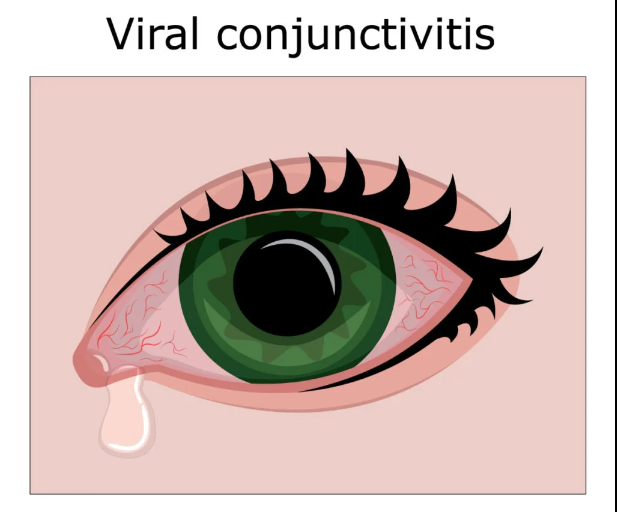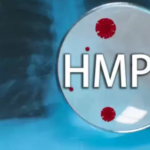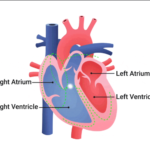What you need to know about this common, irritating eye infection of conjunctivitis.
Conjunctivitis, or pinkeye, irritates the clear layer that covers the front of the eye called the conjunctiva, causing inflammation or swelling in that mucus membrane. That can lead to the characteristic color change that gives this condition its informal name. “It is called pinkeye because the white of the eye takes on this very pink, sometimes even red color,” says Karen Hoffmann, immediate past president of the Association of Professionals in Infection Control and Epidemiology.
For most who get this typically acute, or short-term, infection, it doesn’t last beyond a couple weeks. And sometimes it resolves in a matter of days. So many never see a health provider—or need to. Given that, the exact figures on how many people develop it annually are lacking. But it’s estimated that between 3 million and 6 million people, including many children, develop it each year. According to the Centers for Disease Control and Prevention, kids in the U.S. miss 3 million school days as a result of pinkeye.
Also read-Bulimia Nervosa : A Patient’s Guide To Bulimia Nervosa And Its Symptoms
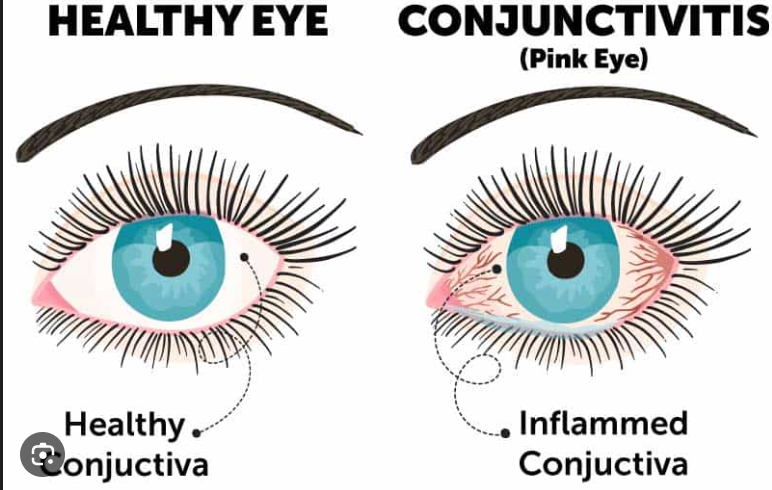
Types of conjunctivitis
Conjunctivitis is often put into three or four categories.
- Viral.
- Bacterial.
- Allergic.
- Chemical.
Causes
Infectious conjunctivitis—viral and bacterial—is spread in the same way a common cold is. For example, Lehman says, a child with conjunctivitis touches a toy or sneezes on a toy, and then the next child grabs a toy and touches their eye or their mucus membrane, transmitting the bacteria or the virus.
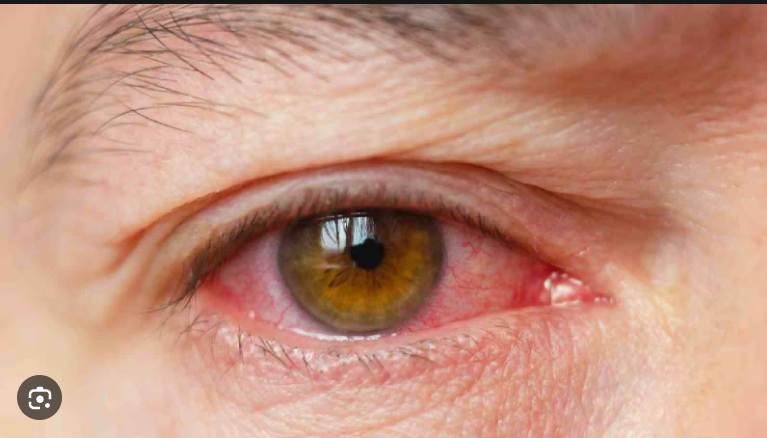
Particularly in the case of infectious conjunctivitis, but also in some other instances, such as applying makeup, hand-to-eye contact frequently precipitates pink eye. For example, a person can get pink eye after coming into contact with someone who has conjunctivitis and, without first washing their hands, touching their eye.
Touching contaminated surfaces, sports equipment (like a basketball) or even towels that an infected person has touched are other ways conjunctivitis may be contracted, Hoffmann says.
Being exposed to irritants in the environment, like air pollution, can trigger the chemical form of pinkeye. Similarly, being exposed to allergens can cause some people with allergies to develop conjunctivitis.
Symptoms
Pinkeye symptoms, which may affect one or both eyes, include:
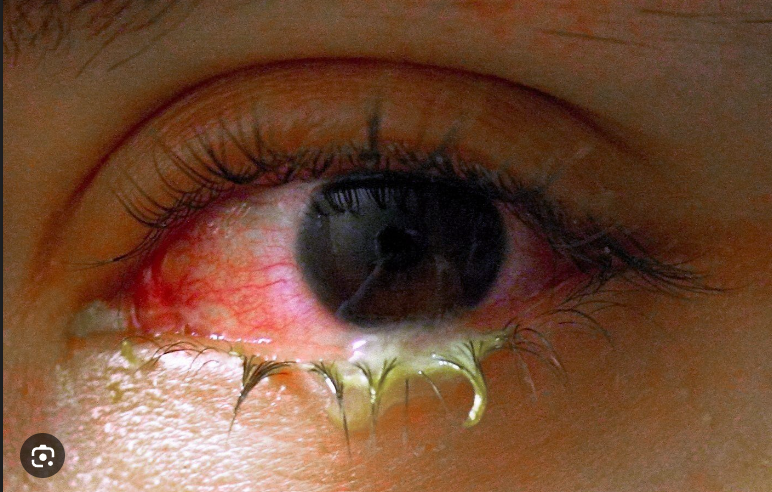
- Redness.
- The conjunctiva, or mucous membrane covering the white of the eye, may become swollen.
- Itchiness, irritation, a gritty feeling, or a burning sensation in the eyes.
- Discharge, which may cause crusting over or around the eyes and make them hard to open in the morning.
- Excessive tearing in the eye.
Diagnosis
Frequently, pinkeye resolves on its own without treatment. But especially if symptoms persist or if more serious symptoms occur, such as difficulty seeing, becoming especially sensitive to light or if you develop a fever with the infection, see a health provider.
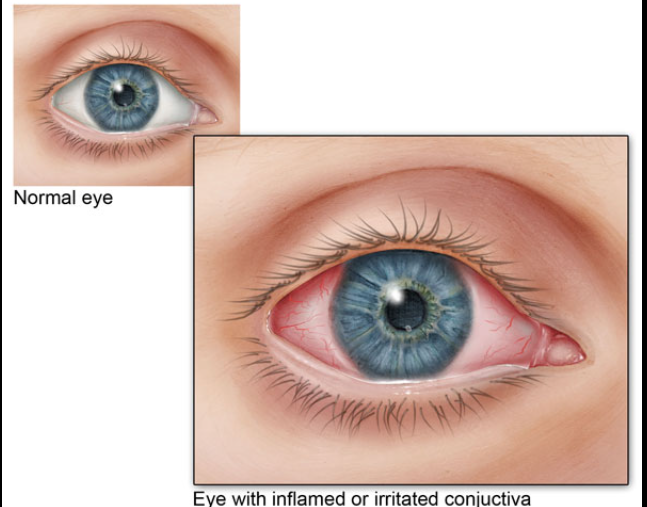
Treatment
In the majority of cases, conjunctivitis will resolve on its own without treatment.
“If it’s viral conjunctivitis, there’s really no treatment needed because it’s just like the common cold,” Lehman says. Viral pinkeye is highly infectious, and often both eyes are affected.
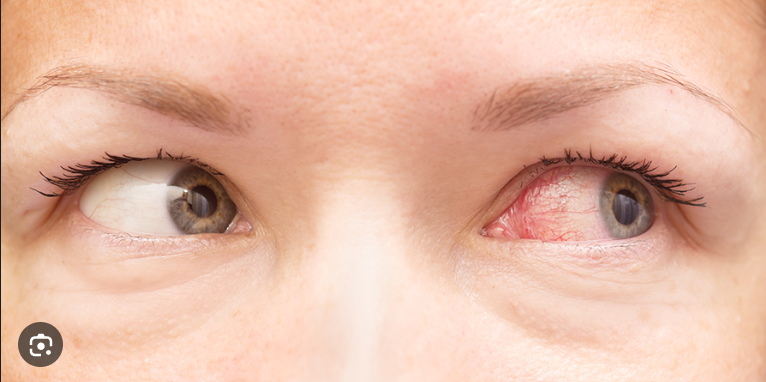
Horn notes that “for the worst cases, topical steroid drops may be prescribed to reduce the discomfort from inflammation.” She adds, however, “these drops will not shorten the infection.”
“There is a strong pressure to put all kids who get conjunctivitis on topical antibiotics, and some schools and day care centers require children to not come back until they’re treated” or the infection is fully resolved, Lehman says. “That puts a lot of pressure on the parents, and they put a lot of pressure on the doctors to provide topical antibiotics. But in most cases viral conjunctivitis will resolve itself.”
For bacterial conjunctivitis, topical antibiotics may help shorten the course of the infection. Horn says, “Bacterial conjunctivitis is usually treated with antibiotic eye drops or ointments. Bacterial conjunctivitis may improve after three or four days of treatment, but patients need to take the entire course of antibiotics to prevent recurrence.”
“For allergic conjunctivitis, the first step is to remove or avoid the irritant, if possible,” Horn says. “Cool compresses and artificial tears sometimes relieve discomfort in mild cases.” In more severe cases, nonsteroidal anti-inflammatory drugs, or NSAIDs, like ibuprofen may be used to ease inflammation and relieve pain; and antihistamines may also be prescribed. “People with persistent allergic conjunctivitis may also require topical steroid eye drops,” Horn notes
Also read-Unveiling The Power Of Nature: 5 Foods For Naturally Lower Blood Pressure
images source: Google
Disclaimer: The opinions and suggestions expressed in this article are solely those of the individual analysts. These are not the opinions of HNN. For more, please consult with your doctor.







